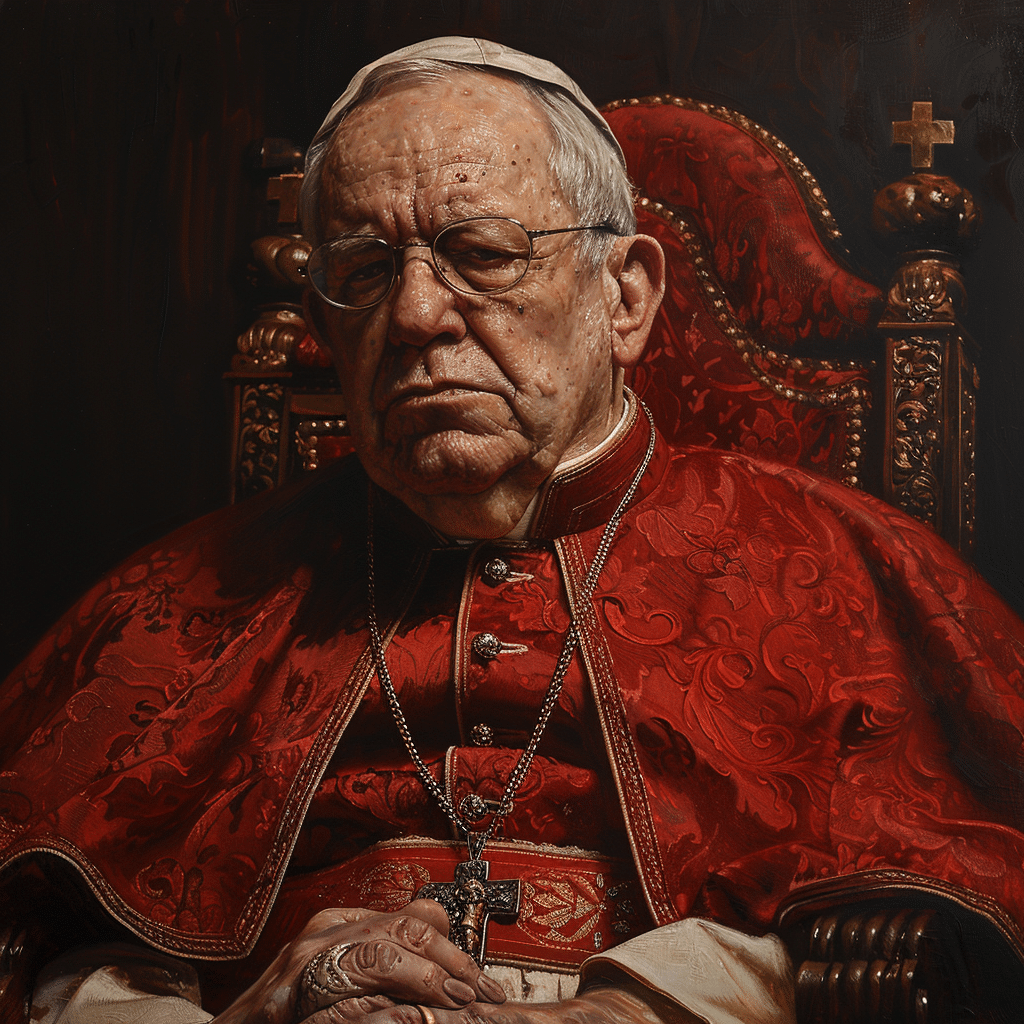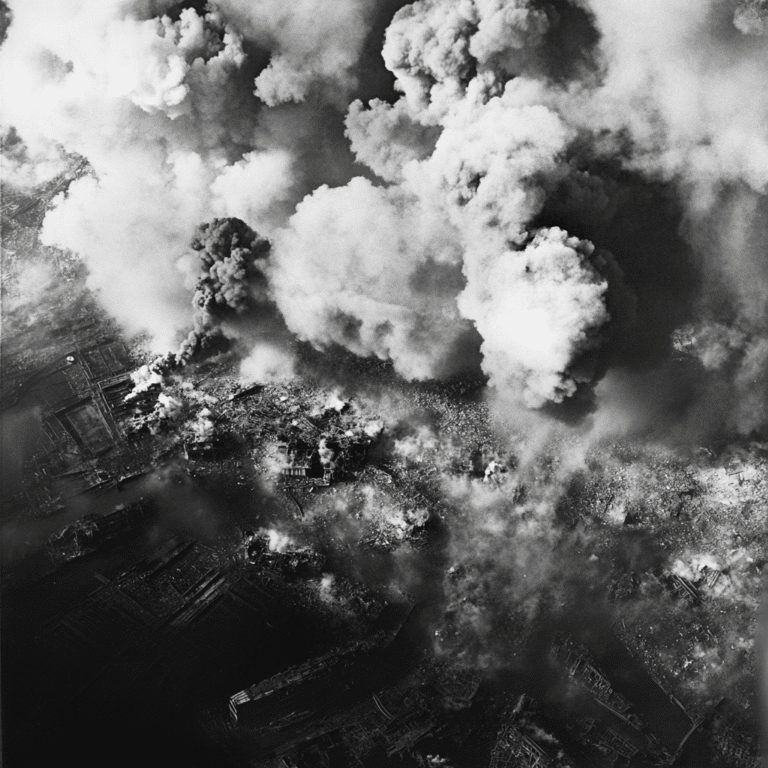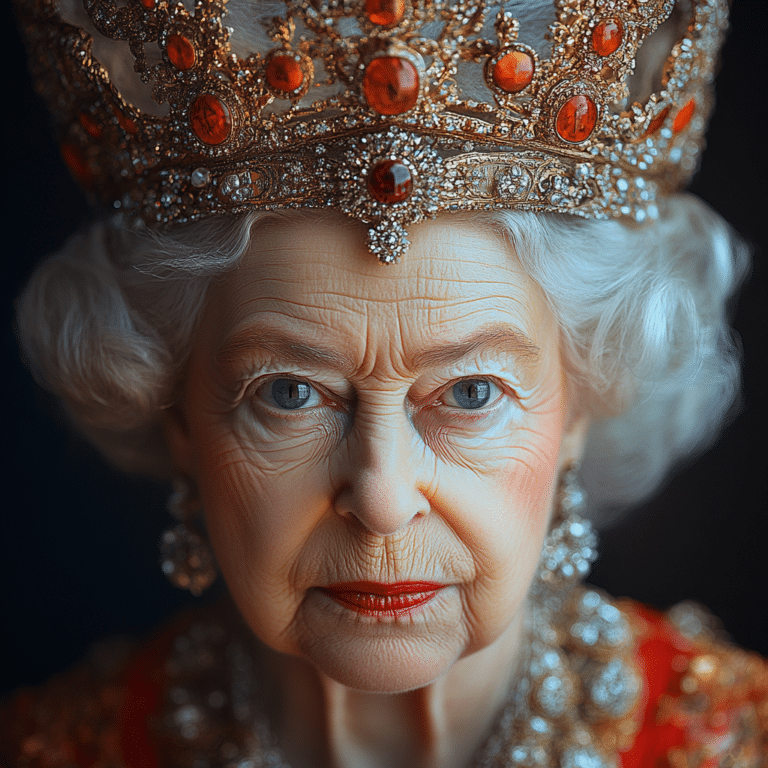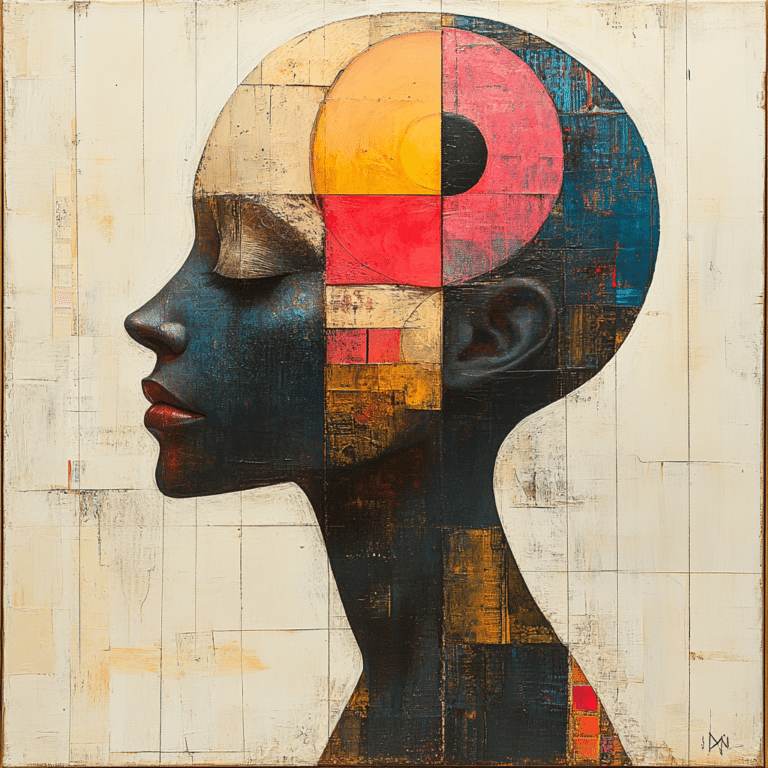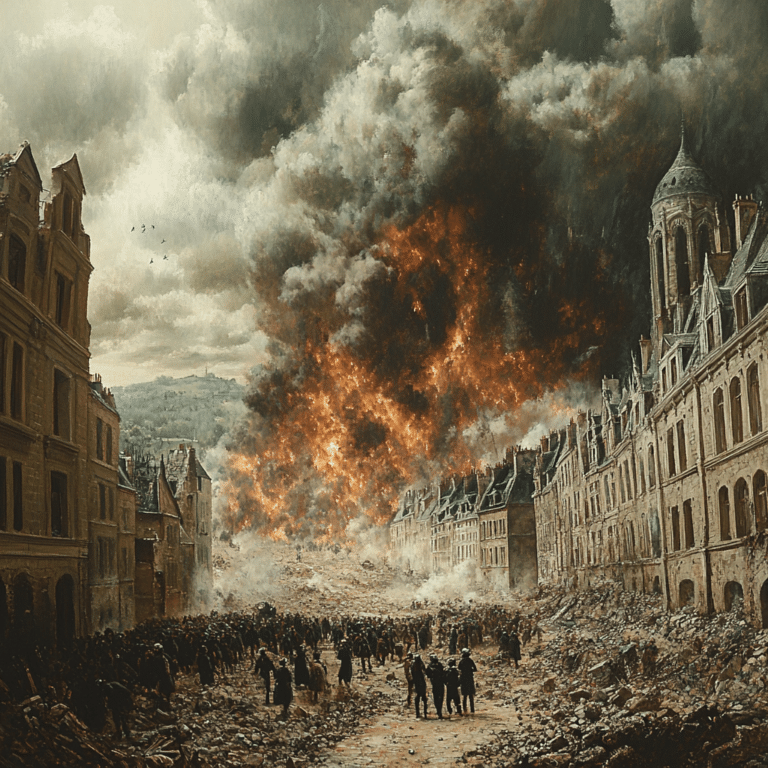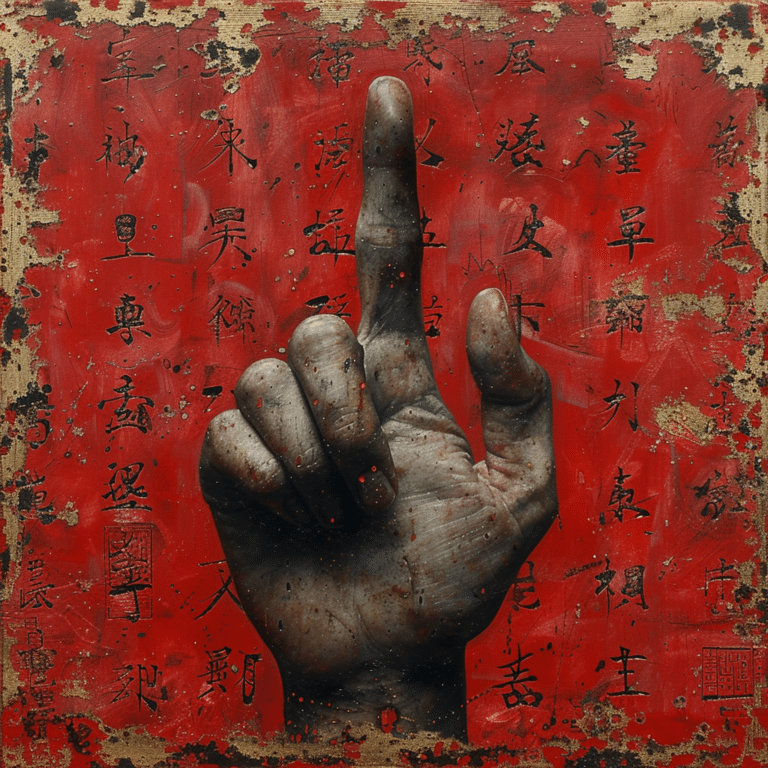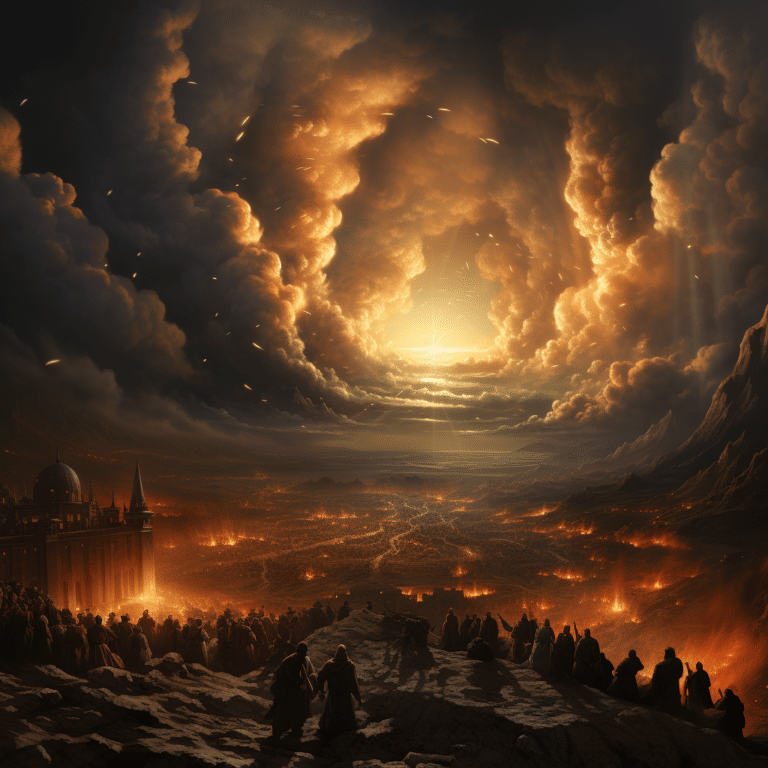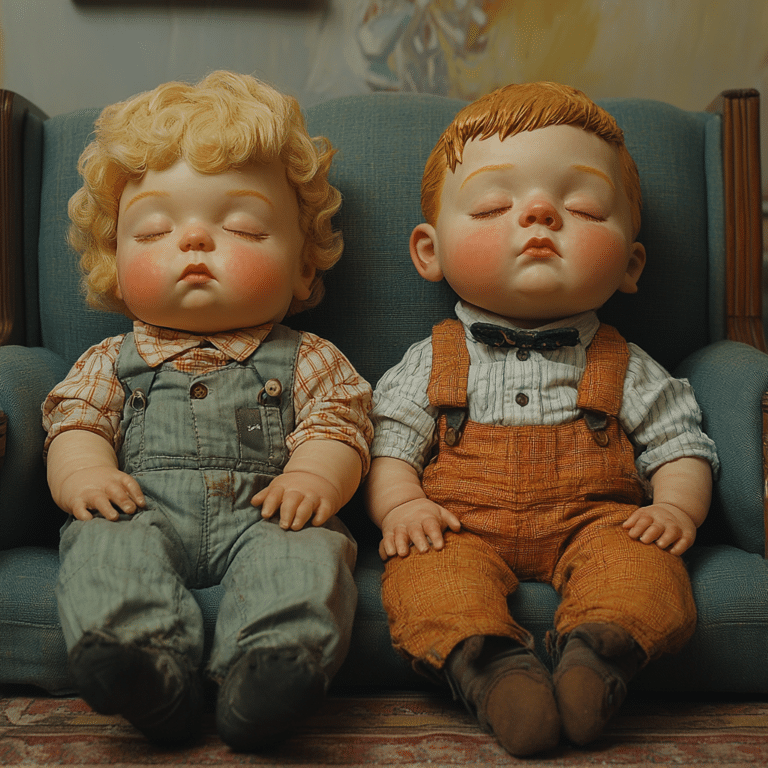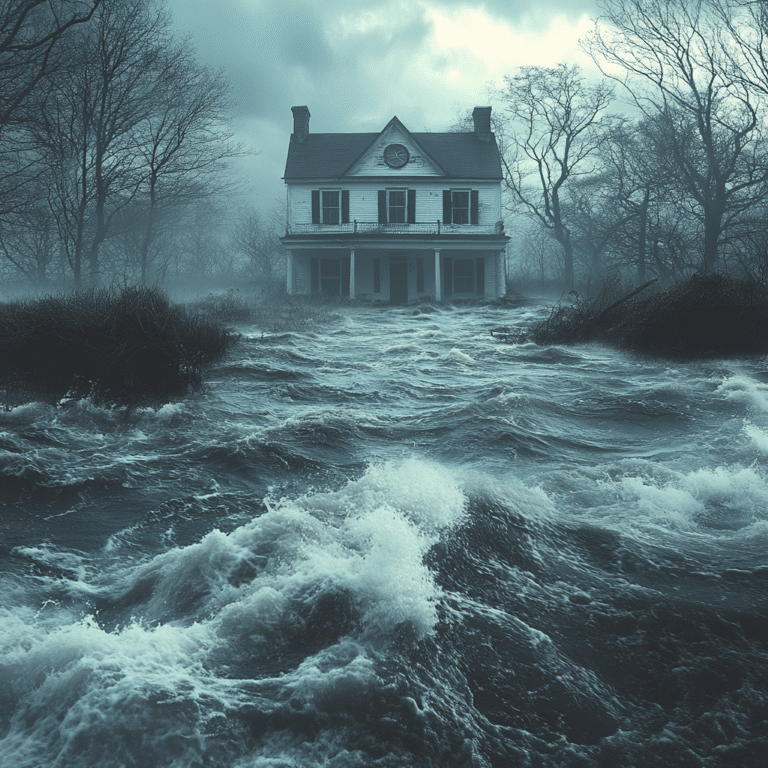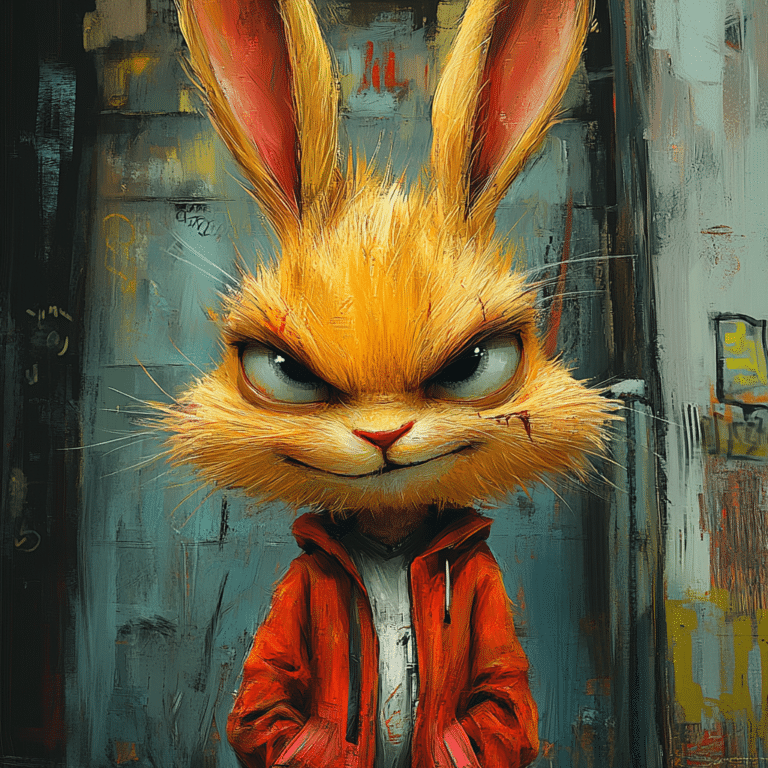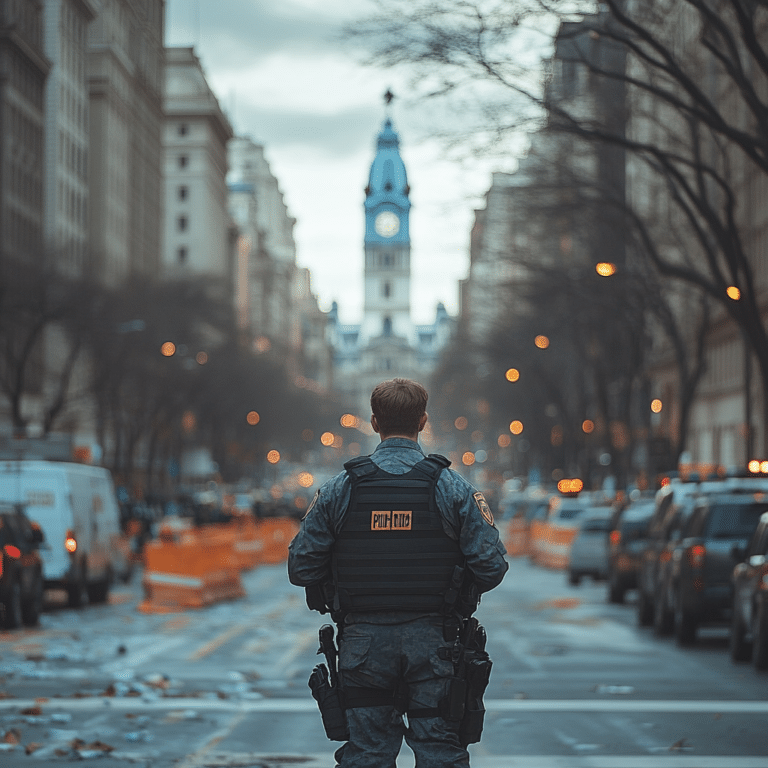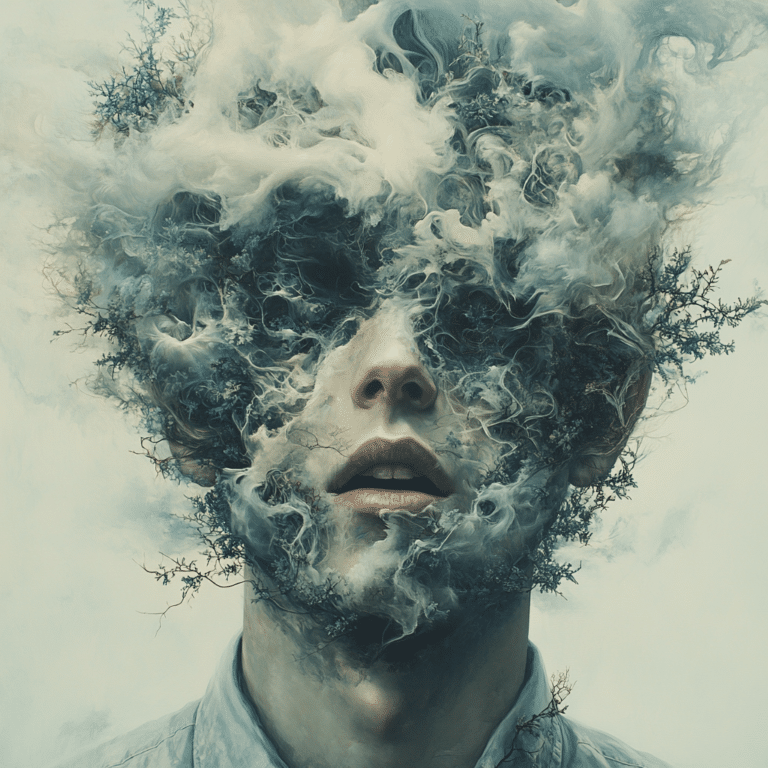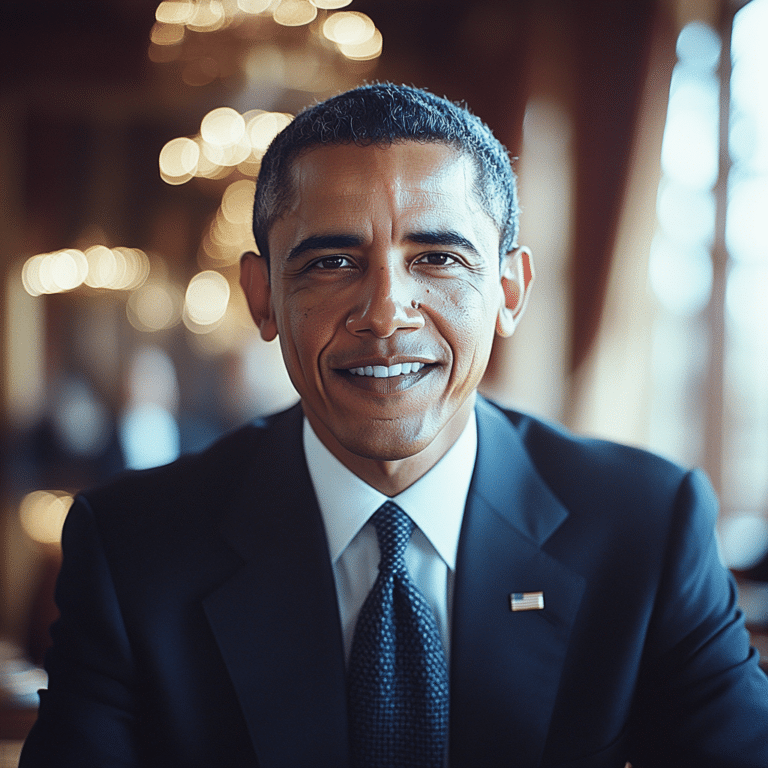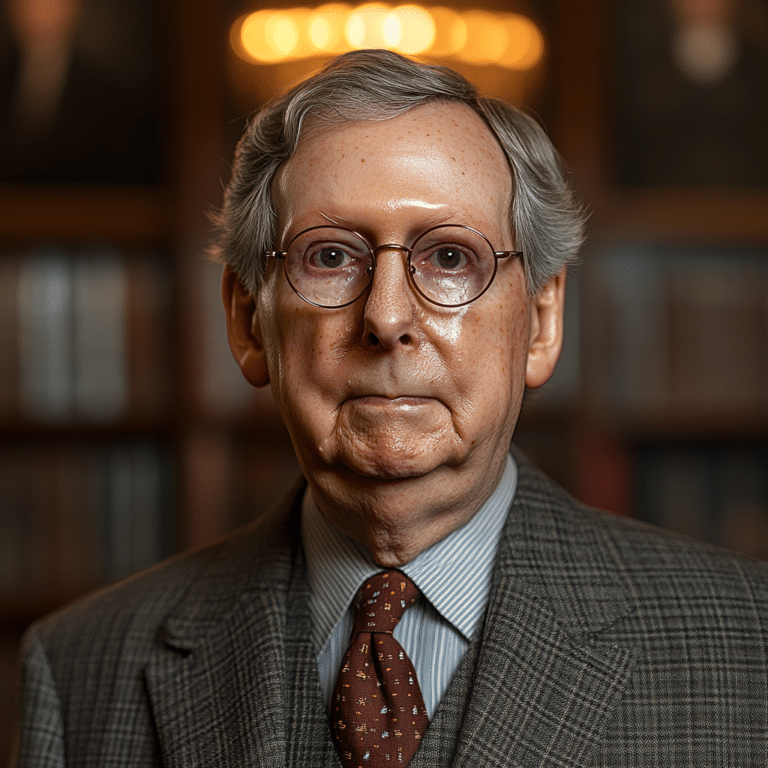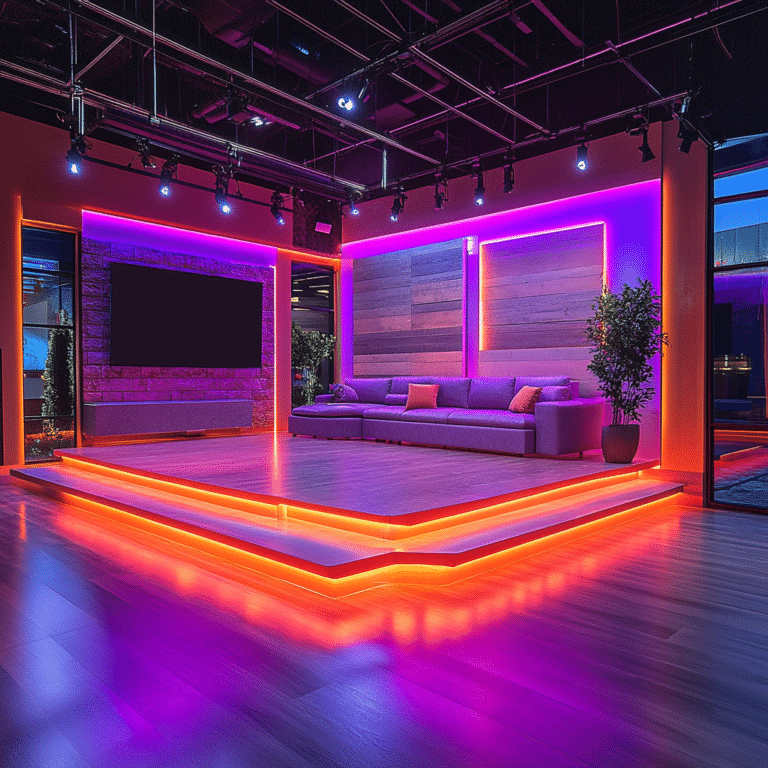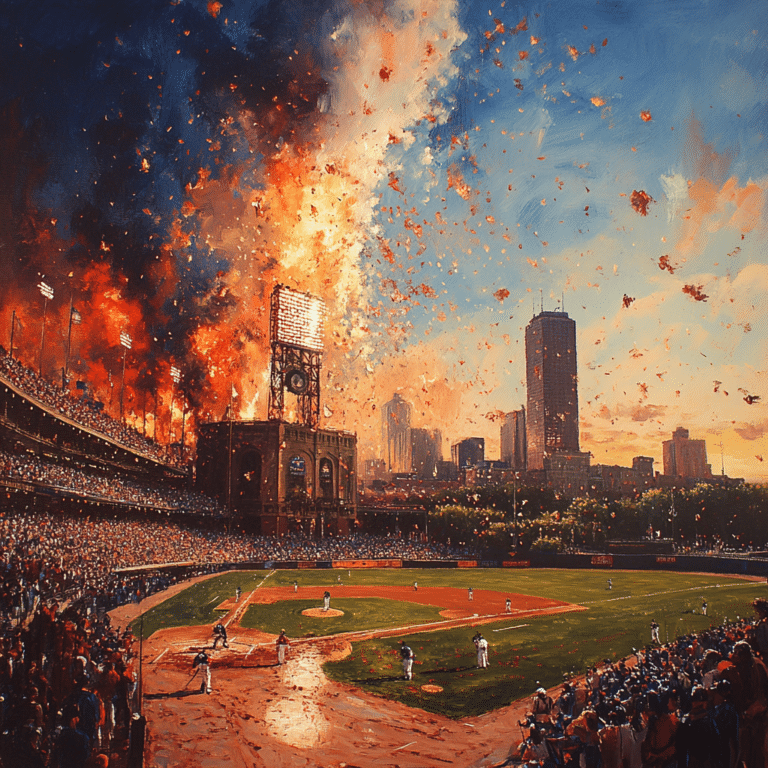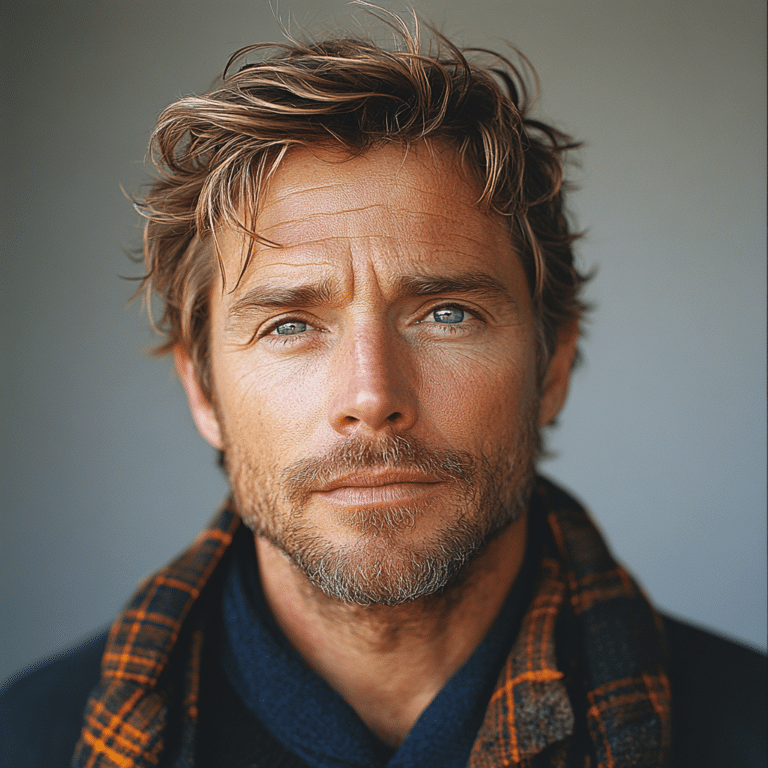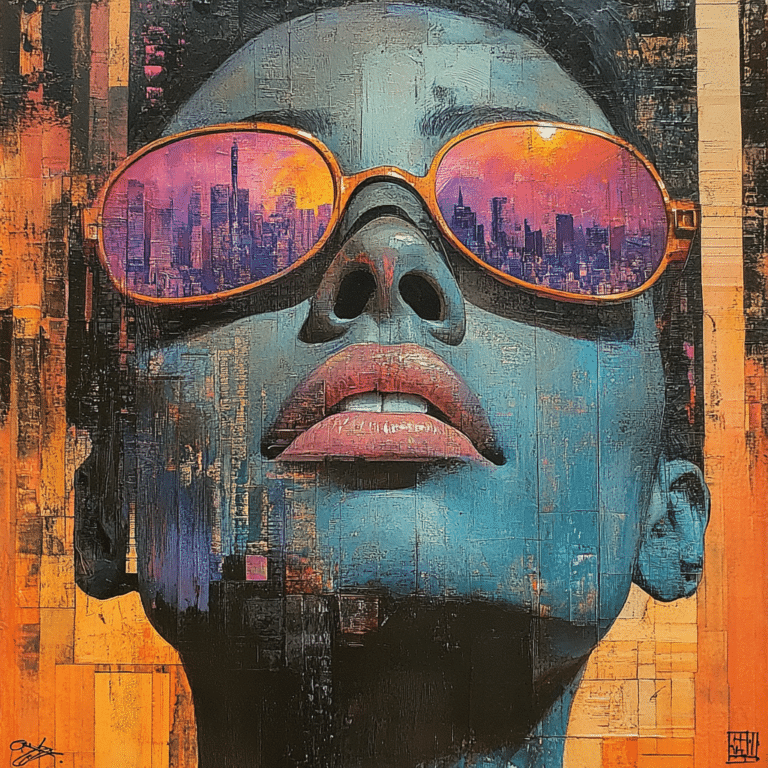Understanding Pope Francis Cardinal Burke
In an era where the world’s largest Christian church faces both internal tension and external scrutiny, two figures often emerge at the forefront of religious and political discussions: Pope Francis and Cardinal Burke. Their complex relationship has painted a vivid picture of a Catholic Church at the crossroads of tradition and modernity. With Pope Francis’s outreach and Cardinal Burke’s staunch conservatism, they symbolize a faith wrestling with contemporary issues. In this comprehensive exploration, we dive deep into the fabric of the Vatican’s current dynamic, examining five critical insights into the intricate ties binding these two influential Catholic leaders.
The Complex Relationship Between Pope Francis and Cardinal Burke
Much has been said about the former tensions and public disagreements between Pope Francis and Cardinal Burke. These two men epitomize divergent paths within the Catholic Church: one leaning further into the winds of change, the other holding fast to the bedrock of tradition. Cardinal Raymond Burke, with his traditionalist views and Vatican legal expertise, often found himself at odds with Pope Francis, whose pastoral approach and progressive leanings marked a departure from his predecessors.
The historical context of their relationship is akin to a theological chess game, whereby each move prompts further contemplation and strategy. Their evolution, though fraught with disagreements, underlines a deeper narrative—one that speaks to the Catholic Church’s ongoing challenge to harmonize its past with an ever-unfolding future.
Understanding the Collision of Theology and Ideology in the Vatican
Peeling back layers, the contrast between Cardinal Burke’s traditionalist views and Pope Francis’s progressive agenda becomes more evident. When examining their ideological standpoints through the lens of specific doctrinal matters, a clear picture emerges—Cardinal Burke often sees the fabric of Catholic doctrine as immutable, while Pope Francis advocates for a more adaptive interpretation, reflecting the complexities of the modern world.
For example, Pope Francis’s Amoris Laetitia, which stirred discussions about communion for divorced and remarried Catholics, became a lightning rod for contention. Cardinal Burke stood among the stalwarts opposing any perceived softening of church doctrine. This stark dissent reveals the profound ideological rifts that can exist even within the highest echelons of church hierarchy.
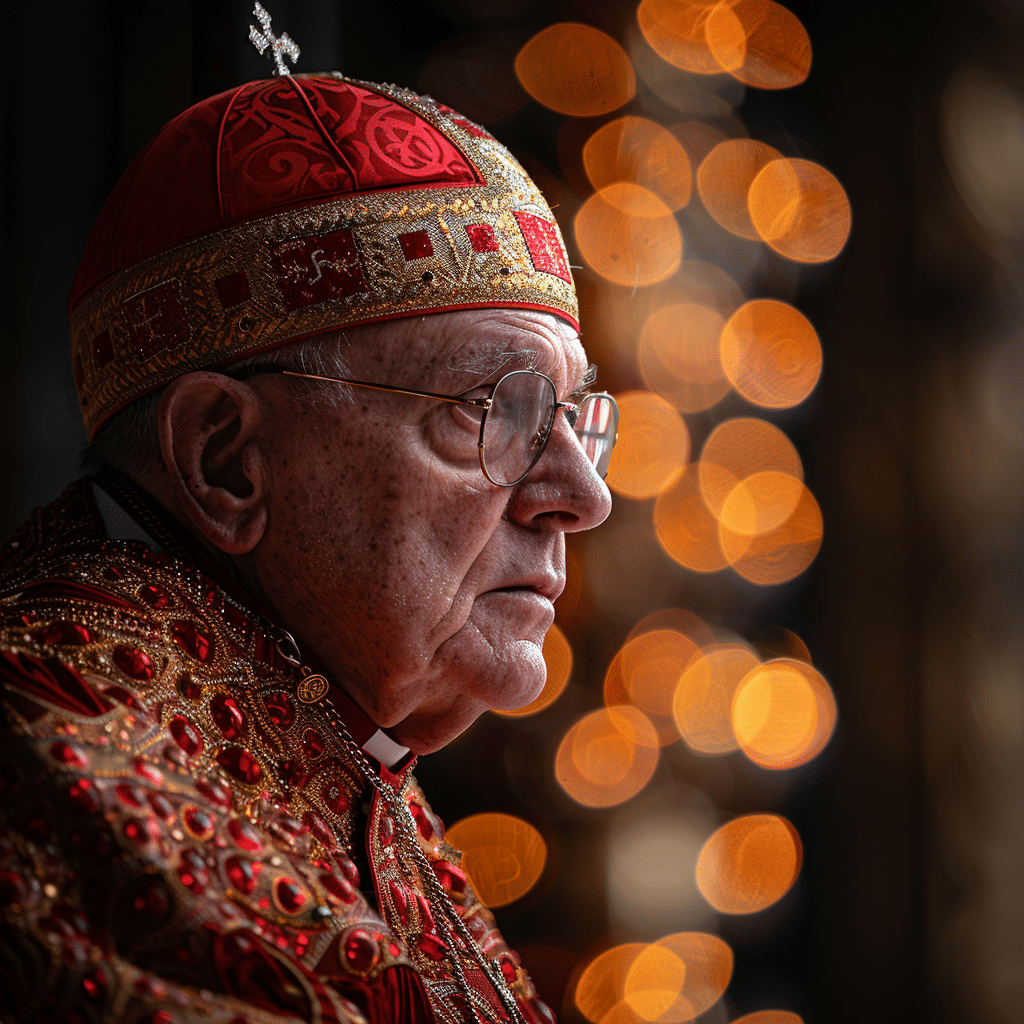
The Dichotomy of Leadership: Pope Francis vs. Cardinal Burke
Leadership styles between Pope Francis and Cardinal Burke tell a story of contrast as well. Pope Francis, with his Jesuit roots, emphasizes compassion, inclusivity, and a proclivity toward social justice, which has often resonated well beyond the Church’s walls. In contrast, Cardinal Burke’s leadership is marked by a stringent adherence to canonical law and a defense of orthodoxy, reinforcing the walls some critics see as barriers to the Church’s relevance in modern life.
This divergence in approach carries palpable impacts on the global Catholic community. Francis’ openness to dialogue and action on climate change, economic inequality, and other global issues challenges traditional conservative viewpoints. Meanwhile, Burke’s insistence on unwavering orthodoxy underpins the sentiments of many who fear the Church is straying from its foundations.
Navigating a Split Church: The Roles of Pope Francis and Cardinal Burke
The split within the Catholic Church isn’t merely a theoretical divide—it’s a functional reality where the influence of both Pope Francis and Cardinal Burke has swayed Catholic discourse on a multitude of critical issues. From debates over the role of women and the LGBTQ+ community within the Church to the handling of the clergy sex abuse scandal, these figureheads have galvanized both progressive elements within the Church looking to evolve and traditionalists concerned with maintaining doctrinal purity.
Long-term, the consequences for the Catholic Church could be vast. With each critical issue tackled or untouched, future alignments within the Church may further solidify or, conversely, crack under the pressure of differing ideologies vying for prominence.
| Subject Matter: Pope Francis & Cardinal Burke | |
|---|---|
| Category | Description |
| General Information | Pope Francis (Jorge Mario Bergoglio) has been the head of the Catholic Church and the ruler of the Vatican City State since March 13, 2013. Cardinal Raymond Leo Burke, an American prelate of the Catholic Church, continues to serve within the Vatican’s legal institutions. |
| Roles & Positions | Cardinal Burke serves as a member of the Supreme Tribunal of the Apostolic Signatura, the highest judicial authority in the Catholic Church, and the Dicastery for the Causes of Saints, which deals with the complex process that leads to canonization. |
| Residence | Cardinal Burke’s residence is close to St. Peter’s, in the Palazzo dei Propilei, which is an extraterritorial property of the Holy See as per the Lateran Treaty. |
| Financial Aspects | Cardinals working at the Vatican or retired receive a monthly stipend of approximately 5,000 euros, reduced from a higher amount after Pope Francis implemented Vatican cost-cutting measures in March 2021 which included a 10 percent salary cut for cardinals. |
| Consistories | Pope Francis has held nine consistories since 2014, creating 142 cardinals from 70 countries, with the most recent on September 30, 2023. |
| Cardinal Priests (CP) | Cardinal priests typically oversee dioceses around the world, with some former cardinal deacons opting for elevation to this order. The senior cardinal priest among electors is Vinko Puljić. The protopriest is Michael Michai Kitbunchu. |
Revisiting Key Moments in the Pope Francis-Cardinal Burke Narrative
Our analysis wouldn’t be complete without delving into five significant interactions or conflicts that have defined the Pope Francis-Cardinal Burke narrative. To name a crucial one, the removal of Cardinal Burke from the Congregation for Bishops in 2013 implied a directional shift by Francis away from Burke’s conservative influence in bishop appointments—a key to shaping the future Church. Another moment was the 2014 and 2015 Synods on the Family, where Burke voiced assertive resistance to proposals he felt compromised Church teachings on marriage and sexuality.
Each of these encounters not only shines a light on their distinct approaches to governance and doctrine but also seems to chart a course for where the Church could be heading under Pope Francis’s leadership.
From Synods to Sanctions: The Pope Francis-Cardinal Burke Timeline
To better understand the dynamic at play, reviewing pivotal events like the Synods is vital. Burke’s opposition here and his subsequent demotion from the Apostolic Signatura, interplay with moments like the 2023 consistory where Pope Francis continued to shape the College of Cardinals with his appointees, embracing inclusivity and geographical diversity. This mosaic of actions creates a timeline that outlines the evolving landscape of Catholic leadership and the potential paradigm shifts within the Church.
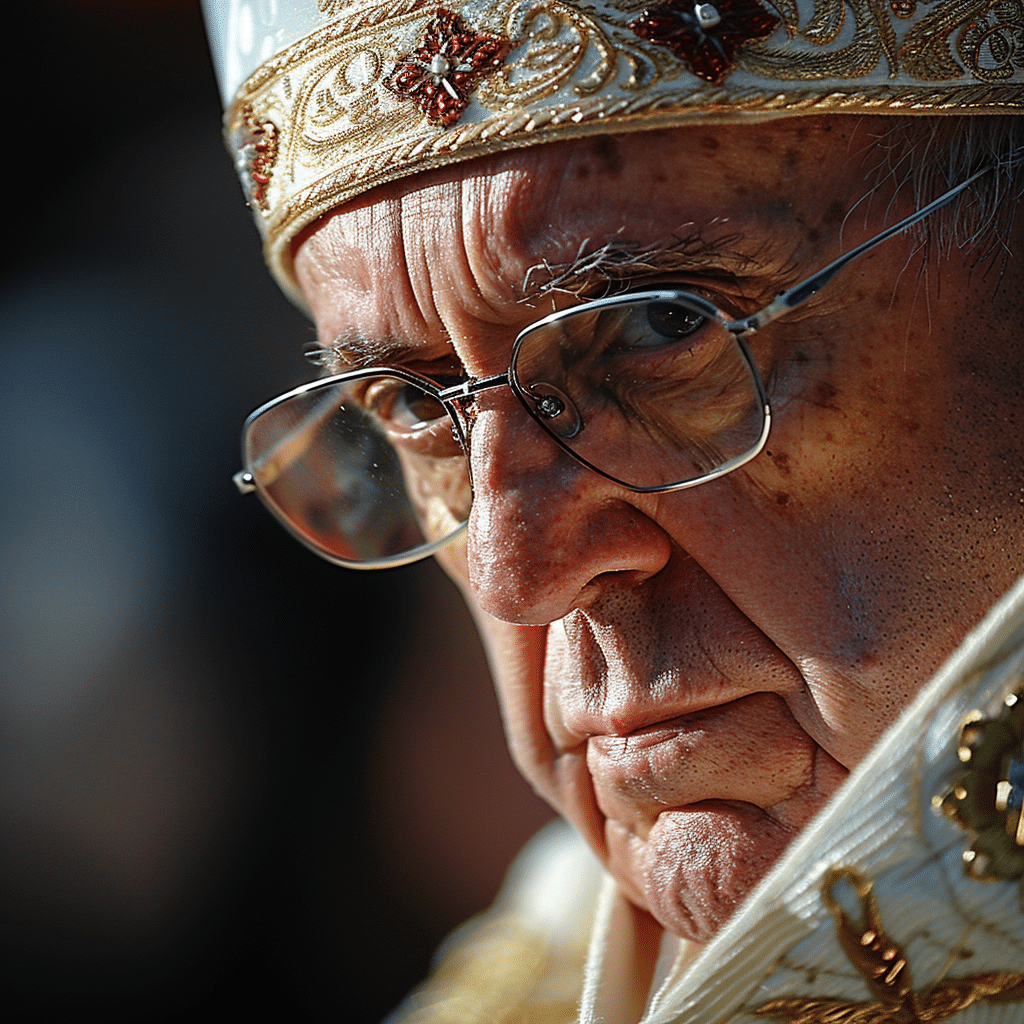
Areas of Agreement: Uniting Factors in the Pope Francis-Cardinal Burke Discourse
Surprisingly, amidst the turbulent waters of their theological discourse, there are islands of agreement where Pope Francis and Cardinal Burke intersect. They both uphold the Church’s teachings on the sanctity of life, showing uniform opposition to abortion and euthanasia. Their shared dedication to these core values has fostered moments of unexpected alignment and offers a glimpse into areas that transcend individual perspectives for the greater good of the Church’s mission.
The Surprising Harmony Between Cardinal Burke and Pope Francis on Core Values
Is it possible the shared beliefs of Pope Francis and Cardinal Burke on core values such as the protection of human life, marriage, and family, can pave the way for future dialogues? While their divergent methods and emphasis create stark contrasts, the nuances of their shared faith remind us of the vast common ground they stand on—ground that could, in time, foster a more unified message from the Church.
The Future of the Church: Implications of Pope Francis’s and Cardinal Burke’s Legacies
What does the road ahead look like considering the enduring influence of both leaders? As Pope Francis continues to appoint cardinals who may carry forward his vision, and with Cardinal Burke upholding the bastions of tradition, their legacies are bound to shape the trajectory of the Catholic Church. Their actions and teachings could become pivotal reference points for generations of Catholics grappling with faith in a rapidly progressing world.
Preservation or Progress? The Catholic Church Post-Pope Francis and Cardinal Burke
Who will carry the torch, and in what direction will they lead? Will progressives find their representation increases post-Pope Francis, or could a traditionalist wave, invigorated by the likes of Cardinal Burke, push back against the current tide? The future of the Church, much like its past, will likely be a tapestry woven from the threads of both preservation and progress.
Conclusion: Reconciling Tradition and Modernity in Catholic Leadership
The enduring story of Pope Francis and Cardinal Burke is one where the splendor and strife of their relationship offers a mirror to the Catholic Church at large—a Church striving to reconcile its traditions with the demands of modernity. Their legacies, however different, are etched into the fabric of Catholic leadership. And therein lies the ultimate significance of their journey together: not in their discord, but in their collective contribution to a faith seeking its place in the contemporary world.
Engaging Insights on Pope Francis & Cardinal Burke
The relationship between Pope Francis and Cardinal Burke has been, to say the least, a mix of reverence and rivalry, with moments as unexpected as a spoiled child hair tussle. This dynamic duo has given us much to talk about, and we’re here to unravel five fascinating tidbits about them. So, buckle up and let’s dive into some trivia that’s more surprising than blake And Gwen hitting the duet jackpot!
A Clash of Styles
Pope Francis, known for his humility and less formal approach, seems worlds apart from the sartorial elegance of Cardinal Burke. It’s like comparing someone sporting a casual Kohls hours work get-up to another decked out for the Waste Management Open 2024, each distinct in their own field. Cardinal Burke’s penchant for the traditional liturgical garb is as renowned as his views are staunch.
The Sweet Taste of Reconciliation
In a world that sometimes feels divided as a Richmond VA shooting, acts of reconciliation are not just needed but refreshing. Consider, for instance, the Pepsi Peeps collaboration – an unexpected pairing, right? Similarly, despite their differences, Pope Francis and Cardinal Burke have shown that finding common ground is possible, demonstrating that unity can be as surprising and delightful as unexpected soda flavors!
Diplomatic Dispatch
Like sending Sachi Parker to represent an olive branch, Pope Francis’ decision to name Cardinal Burke to the Order of Malta was a diplomatic play that left insiders whispering. This move seemed less about shared visions and more about the intricate dance of ecclesiastical chess, where every gesture counts more than points on a scoreboard.
The Intersection of Sport and Spirit
Imagine sitting down to discuss theology, and someone throws in a curveball about Maricela Cornejo. That’s the level of intrigue when Pope Francis and Cardinal Burke come together – you never know when the conversation might swerve into the unexpected. Each engagement is like a match where the spiritual meets the intellectual, and every round is worth a ticket.
The Generational Gap
Just as Prince Christian Of Denmark represents a new era for royalty, Pope Francis and Cardinal Burke signify different generational outlooks within the Church. Their interactions remind us that age is more than a number; it shapes perspectives in ways as varied as the life lessons recorded by Raymond Frolander.
Navigating the choppy waters of ecclesiastical opinion, Pope Francis and Cardinal Burke continue to teach us that unity and difference can coexist, much like strands in a rich tapestry. Their relationship is a live wire – always charged, frequently unpredictable, and utterly fascinating. Like a well-spun yarn, their story weaves through the fabric of contemporary Catholicism, urging us to watch, learn, and maybe even find a lesson or two about bridging our own divides.
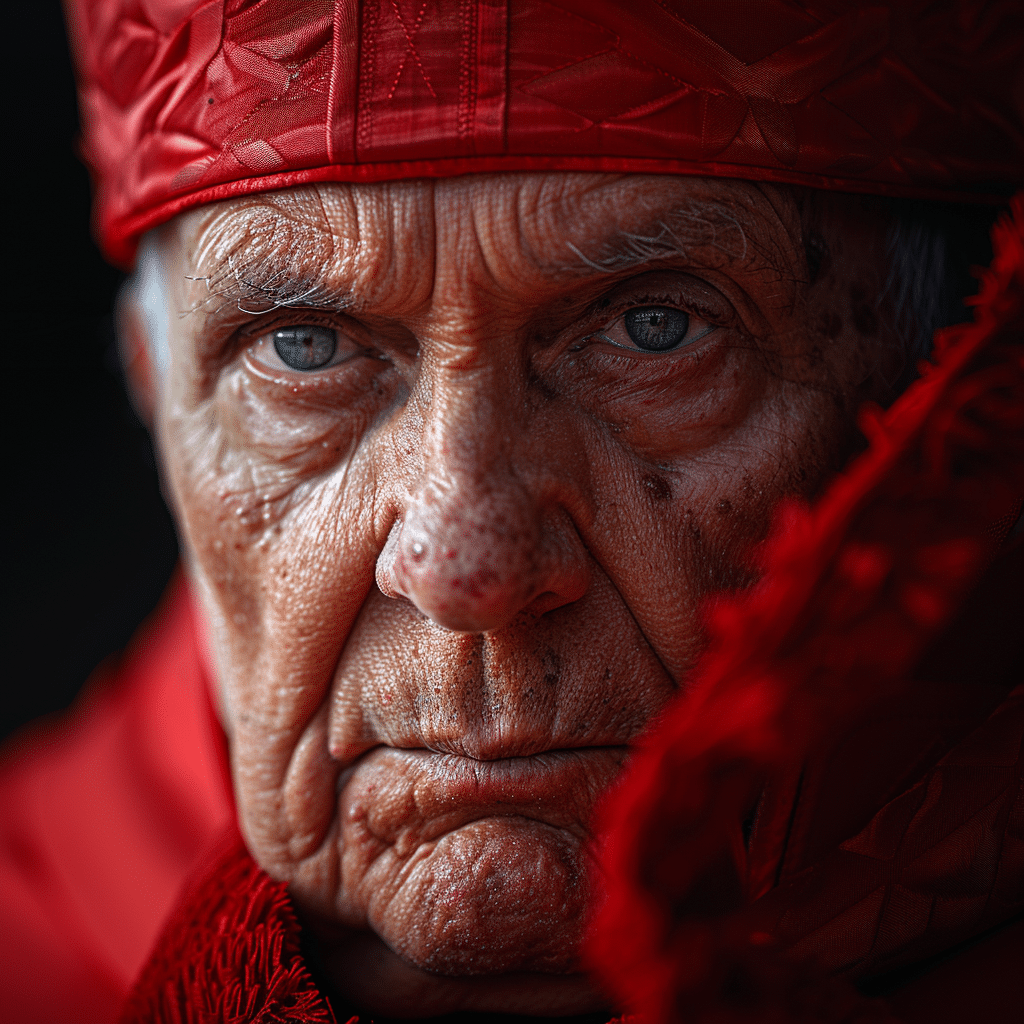
Where is Cardinal Burke now?
Where is Cardinal Burke now?
Oh, Cardinal Burke? He’s still keeping busy at the Vatican, serving on the Supreme Tribunal of the Apostolic Signatura and the Dicastery for Saints. You can find him living it up – well, in a holy sense – near St Peter’s in the Palazzo dei Propilei, that’s extraterritorial Vatican property, all thanks to the Lateran Treaty.
What is Cardinal Burke salary?
What is Cardinal Burke’s salary?
So, Cardinal Burke’s pocketing about 5,000 euros monthly – that’s roughly $5,500. The figure was a bit plumper before, but Pope Francis got all budget-savvy during COVID-19, trimming cardinals’ salaries by 10% in March 2021.
How many cardinals did Francis appoint?
How many cardinals did Francis appoint?
Pope Francis sure has been on a roll since 2014, creating cardinals left and right. At nine consistories, he’s dished out the red hat to a whopping 142 cardinals from 70 countries, with 24 newbies that had never seen their flag in the College of Cardinals before his time.
Who are the most powerful cardinals in the Vatican?
Who are the most powerful cardinals in the Vatican?
You’ve got the so-called “Princes of the Church,” the cardinal priests, with top dogs like the protopriest, currently Michael Michai Kitbunchu, and for those with voting powers – the senior cardinal priest right now is Vinko Puljić. These guys, especially the ones heading influential dioceses or Vatican departments, are the Vatican’s heavy hitters.
Why does Pope Francis not like Cardinal Burke?
Why does Pope Francis not like Cardinal Burke?
Now, hang on – it’s not exactly “Dislike 101.” They’ve had their rough patches, mainly due to differing views on church doctrine and governance. Cardinal Burke’s more traditionalist takes sometimes clash with Pope Francis’s reformist agenda.
Does Cardinal Burke live in Wisconsin?
Does Cardinal Burke live in Wisconsin?
Nope, not anymore! Cardinal Burke might hail from the Badger State, but he’s traded in his cheesehead for a zucchetto in Rome – specifically at the Palazzo dei Propilei, if you recall.
What did the pope do to Burke?
What did the pope do to Burke?
Well, talk about a shuffle! Pope Francis reeled in Cardinal Burke from the influential Congregation for Bishops and later removed him from the Apostolic Signatura’s top spot. Many view it as a nod to a less traditionalist, more open Vatican stance.
Where is the pope’s apartment?
Where is the pope’s apartment?
The Pope’s official digs? It’s the Apostolic Palace, smack dab in the heart of Vatican City, with the famous windows overlooking St. Peter’s Square. Although, just for the record, Pope Francis chose a more humble abode in the Vatican guesthouse, Casa Santa Marta.
How much money do Catholic bishops make?
How much money do Catholic bishops make?
Alright, bishops aren’t exactly rolling in dough. Their salaries differ widely by diocese and country, but it’s definitely less lavish than Fortune 500 CEOs – think modest stipends to cover basic living expenses.
Who was the only non cardinal to become a pope?
Who was the only non-cardinal to become a pope?
Way back machine to the 10th century and voilà, you have Pope Urban VI who wasn’t a cardinal before his papal election in 1378. After that, it’s pretty much been a cardinal’s game.
Who is the youngest pope in history?
Who is the youngest pope in history?
History’s got some murky details, but the crown might just go to Pope Benedict IX. He became pope around the ripe old age of 20 – today’s college sophomores have nothing on this guy!
Which cardinal was demoted by Pope Francis?
Which cardinal was demoted by Pope Francis?
Here’s some recent drama: Cardinal Raymond Leo Burke. Pope Francis took him down a peg or two from the Congregation for Bishops, plus a later curtain call from the Apostolic Signatura’s leadership role.
Who is higher than a cardinal?
Who is higher than a cardinal?
Don the white smoke! It’s the Pope who sits a tier above cardinals. As bishop of Rome and leader of the worldwide Catholic Church, he’s got the ultimate religious executive suite.
Can any cardinal become pope?
Can any cardinal become pope?
Yeppers! Any roman-collared fella wearing cardinal red could, in theory, be the next Pope. But there’s a catch: they’ve got to get the nod from their peers in that super-secret conclave powwow.
Can a cardinal over 80 become pope?
Can a cardinal over 80 become pope?
Hmm, the rulebook says “nope” on that one. Cardinals over 80 get a hat tip for their service but are benched when it comes to entering the conclave to elect a new Pope.
What happened to bishop Burke?
What happened to Bishop Burke?
Bishop Burke’s dance card with the Vatican underwent some changes after disagreements with Pope Francis’s direction. His career tempo shifted, but he’s found his groove serving on Vatican panels and living in Rome.
What did Cardinal Burke do to Pope Francis?
What did Cardinal Burke do to Pope Francis?
“Doing” to the Pope might be a stretch – it’s the ideas that tango here. Cardinal Burke’s been super vocal about his traditionalist views, which sometimes toe-to-toe with Pope Francis’s push for a more progressive tune in the Church.
What happened with bishop Strickland?
What happened with Bishop Strickland?
Bishop Joseph Strickland of Tyler made headlines rocking the boat with his outspoken support for conservative causes, occasionally adding a dash of controversy to the usually placid waters of the Catholic bishopric.
Is Sean Brady still a cardinal?
Is Sean Brady still a cardinal?
Yes, Sean Brady’s still got the red hat, even if he’s stepped back from the spotlight. Now retired, he hangs his zucchetto in Ireland, keeping a lower profile since his tenure as Archbishop.

